

Earth is home to some incredible land and water features, ranging from the largest islands to the most active volcanoes. These features have significant impact on local ecosystems, human civilization, and global geography. In this section, we will explore some of the largest and most fascinating natural features found on both land and water.
Islands are pieces of land that are completely surrounded by water. Some islands are so large that they are considered continents, while others are small but equally important for biodiversity. Let's explore some of the largest islands on Earth.
Greenland is the largest island in the world that is not considered a continent. It is located in the Arctic and is an autonomous territory within Denmark.
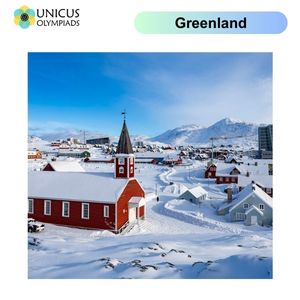
New Guinea is the second-largest island in the world, located in Oceania, and shared by two countries: Papua New Guinea to the east and Indonesia to the west.
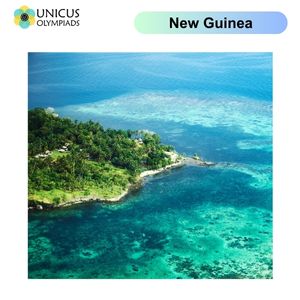
Borneo, located in Southeast Asia, is the third-largest island in the world. It is divided among three countries: Malaysia, Brunei, and Indonesia.
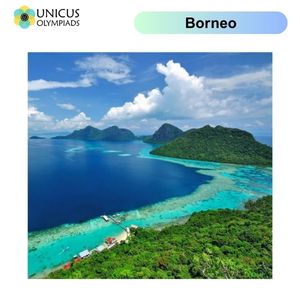
Madagascar is the fourth-largest island in the world and is located off the southeastern coast of Africa in the Indian Ocean.
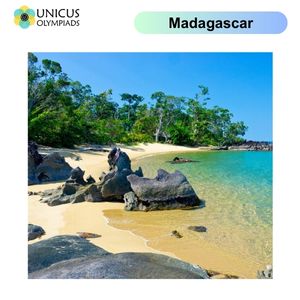
Baffin Island is located in the Canadian Arctic Archipelago and is the largest island in Canada.
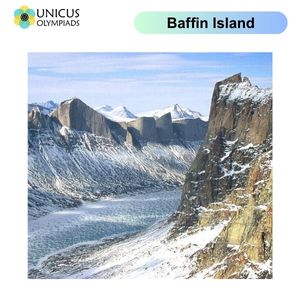
Volcanoes are geological formations where molten rock, ash, and gases are expelled from beneath the Earth’s crust. Some volcanoes are vast, covering large areas, while others are still active and erupt periodically. Here are some of the largest and most famous volcanoes around the world.
Mauna Loa is the largest volcano on Earth by volume and area covered. It is located on the Big Island of Hawaii.
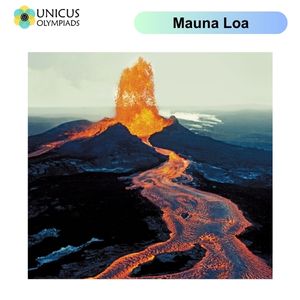
While Mount Everest is primarily known as the world’s tallest mountain, it is also an active volcano located at the border between Nepal and China (Tibet).
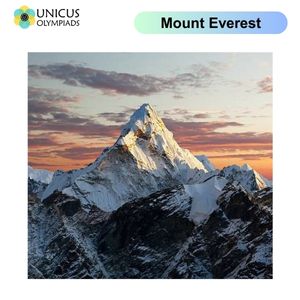
Mount Kilimanjaro, located in Tanzania, is the highest peak in Africa. While it's technically a dormant volcano, it’s one of the most famous volcanoes globally.
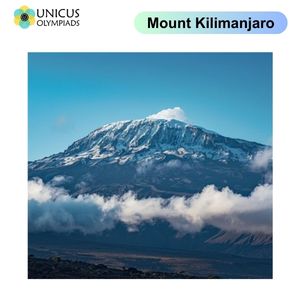
Mount St. Helens is a famous active stratovolcano located in Washington state, USA. It erupted in 1980, causing significant geological changes.
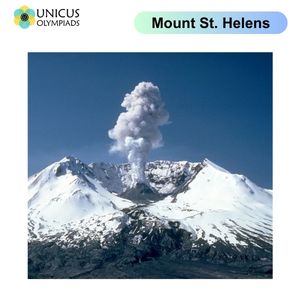
Mount Fuji is Japan’s tallest and most iconic volcano, located on Honshu Island. It is a stratovolcano and an important cultural symbol in Japan.
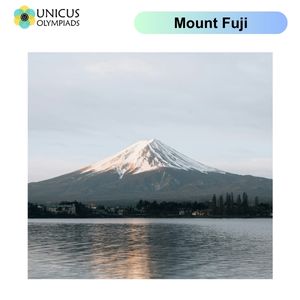
Lakes are large bodies of water surrounded by land. Some of the world’s largest lakes are vital for ecosystems, human habitation, and commerce.
Although it is called a "sea," the Caspian Sea is actually the largest inland body of water on Earth.
Lake Superior is the largest of the five Great Lakes of North America, and it is the largest freshwater lake by surface area in the world.
Lake Victoria is the largest lake in Africa and the second-largest freshwater lake in the world by surface area.